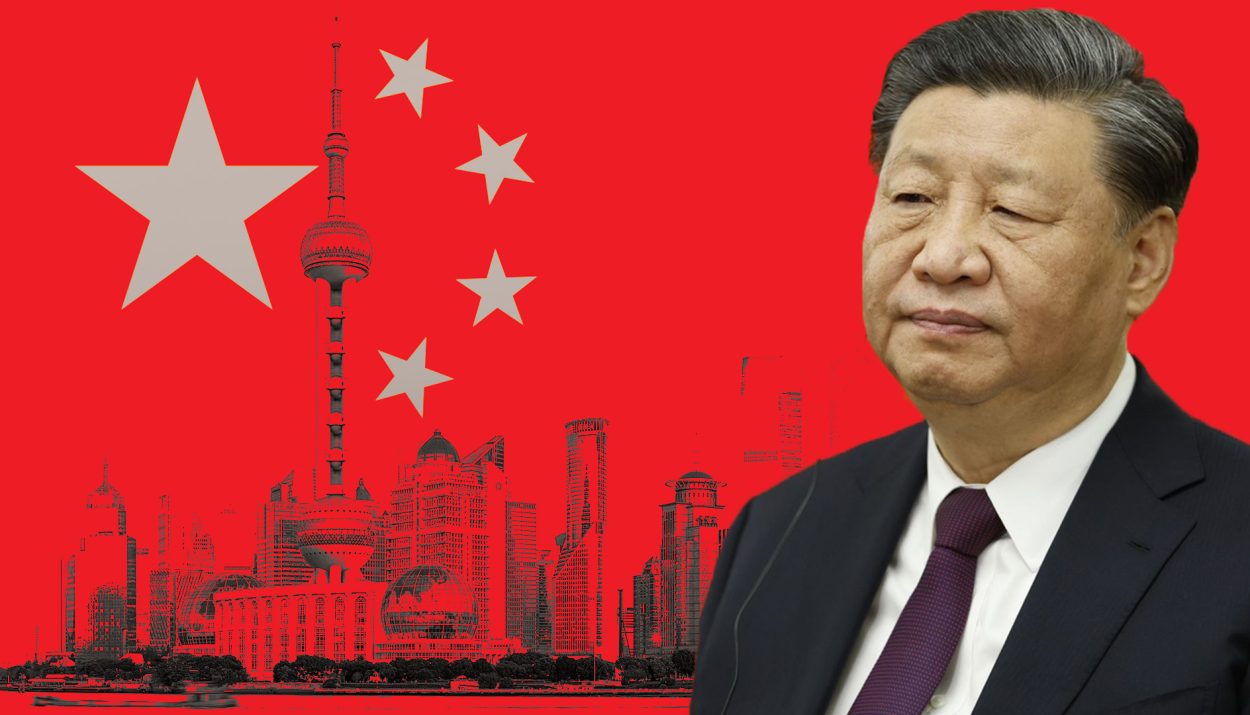China faces a demographic crisis stemming from the unintended consequences of the “One Child Policy” that was in place from 1980 to 2015. This policy, while achieving its goal of reducing population growth, has led to severe gender imbalance and a rapidly aging population.
As a result, China’s workforce is shrinking even as the number of retirees dependent on state pensions is increasing dramatically. In response, the Chinese Communist Party (CCP) has pushed initiatives to encourage young couples to have more children. However, these incentives have failed to boost birth rates. Facing bleak economic prospects and demanding work conditions, Chinese youth are increasingly unwilling to start families.
Examining The Post-Pandemic Economic Scenario In China
The post-pandemic economic rebound that China’s leadership optimistically forecasted has failed to materialize. IMF projections paint a concerning picture, contrary to Xi Jinping’s positive messaging in his recent New Year’s address.

A shrinking workforce and an aging population are significantly impacting China’s productivity and growth potential. Low birth rates for over three decades, stemming from the controversial “one-child policy,” have produced demographic imbalances that present serious pension sustainability issues. Attempts to incentivize increased birth rates have proven largely unsuccessful so far.
Unveiling The Alarming Demographic Trends In China
The implementation of China’s One-Child Policy in 1980 led to several unintended consequences that have dramatically shifted the nation’s demographics. The policy was intended to slow rapid population growth, but instead, it has contributed to a decline in population.

An aging population with fewer young workers to support retirees. China now has 280 million citizens over the age of 60. The number of retirees is expected to increase by more than 30% in the next decade, straining the pension system. A skewed gender ratio, with 34 million more males than females, due to the traditional preference for sons and selective abortion of female fetuses under the policy.
The Shrinking Workforce And The Aging Population
China is facing a major demographic crisis stemming from decades of restrictive family planning policies. The combination of a shrinking workforce and a rapidly aging population poses significant economic challenges. There are currently 280 million Chinese citizens aged 60 or older.

Due to the shrinking of younger generations, the number of retired elders will increase by over 30% in the next ten years. This growing imbalance between non-working retirees and working-age citizens has significant implications. The taxes and productivity of each young Chinese worker must now financially support up to 4 retired relatives under the pension system. This existing model is unsustainable.
Origins Of The Issue: One Child Policy
In 1980, the Chinese Communist Party (CCP) introduced the One Child Policy, a set of mandatory birth planning measures intended to slow rapid population growth. These regulations limited couples to having only one child.
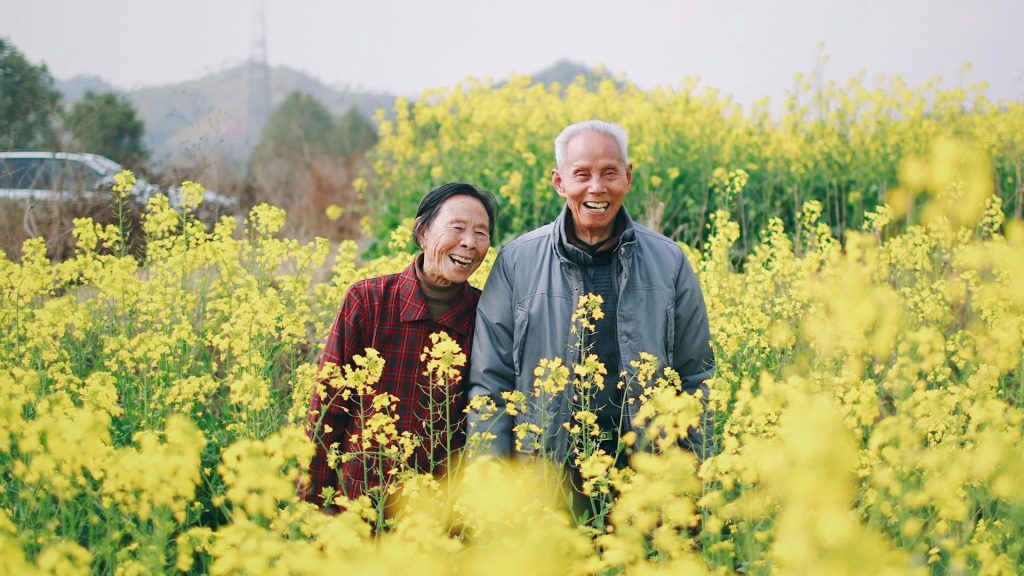
The policy had unintended consequences. Traditional preferences for sons led some couples to selectively abort female fetuses or abandon infant daughters. After decades of coercive birth planning policies, the Chinese people, especially the younger generations, are resistant to the Party’s interventions in their private family planning decisions.
Consequences of Population Control
Prolonged enforcement of the One-Child Policy has impacted attitudes around marriage and childbearing. China’s youth have become more passive in response to state interference in reproductive decisions. Surveys show financial and housing pressures have deterred young couples from having children.

Despite policy reversals encouraging larger families, birth rates continue to decline. New messaging and incentives have thus far been ineffective. Sustainable solutions must address the underlying causes and ongoing effects of these systemic imbalances.
Failed Attempts to Reverse the Trend
Since the adoption of the one-child policy in 1980, the CCP has struggled to reverse declining birth rates. Though the policy successfully curbed rapid population growth for over 30 years, it also led to unintended consequences like skewed gender ratios and an aging population.

Decades of family planning have fundamentally shifted cultural attitudes, with preference now for smaller families. Undoing this mindset has proven enormously difficult. Young adults face bleak economic prospects, high costs of living, long working hours, and intense social pressures – all factors contributing to decisions not to have children.
Passive Resistance Among Chinese Youth
There is growing passive resistance among Chinese youth in response to restrictive government policies and a lack of economic opportunities. Since the COVID-19 lockdowns, young Chinese have expressed increasing disillusionment on social media about the gap between propaganda like Xi’s “China Dream” vision and their daily realities of hopelessness and stagnant social mobility.

Graduates struggle to find jobs in China’s slowing economy. Over 20% of the 11.6 million graduates in 2022 face long-term unemployment. Others who do find work embrace an attitude of “lying flat” – doing the minimum needed without expectation of rewards or career growth.
Leadership Crisis and Public Perception
The Chinese Communist Party’s decades-long one-child policy has led to unintended consequences that now threaten China’s social stability and economic future. Years of coercive population control measures have eroded the Chinese people’s faith in the social contract with their government.
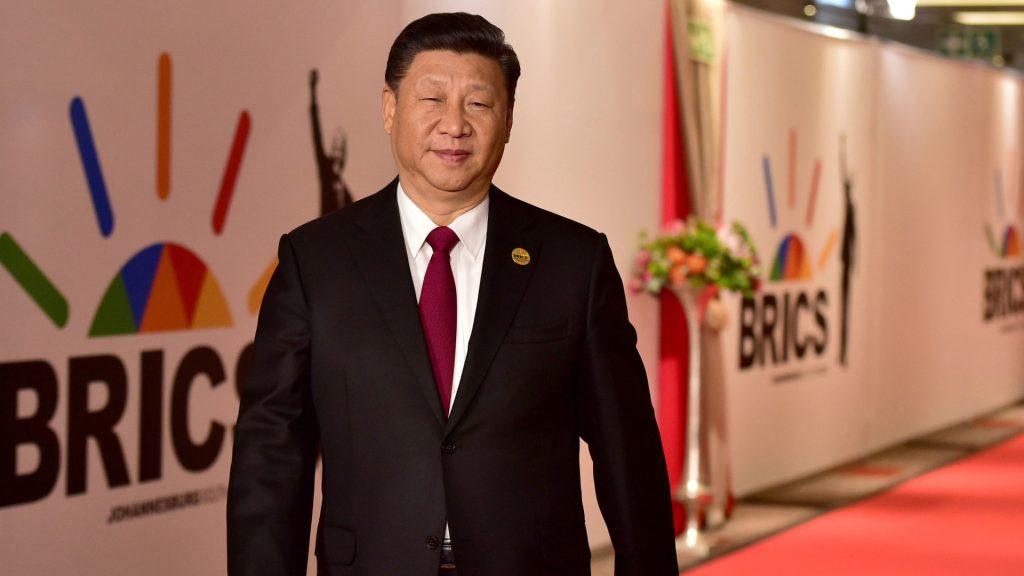
The policy has created severe gender imbalances and accelerated the aging of China’s population. The ratio of retirees to workers is rapidly increasing, putting intense strain on China’s pension systems. Young Chinese express increasing disaffection and passive resistance, believing the government has abandoned its side of the social contract.
Cracks in Communist Party Control
Faced with these unintended policy consequences, the Communist Party has desperately tried to reverse course and encourage larger families. But, coercive measures have proven much easier to implement than incentives.
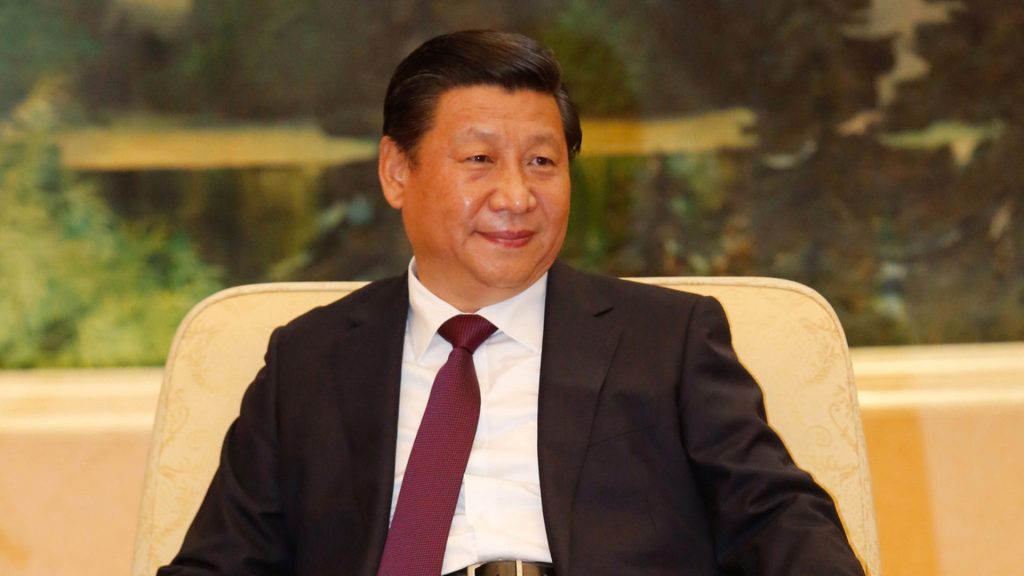
Despite bold pronouncements, President Xi Jinping has failed to articulate any coherent vision or solution. His calls for the young to “eat bitterness” ring hollow. Both mainland Chinese and the citizens of free Taiwan can see the emperor has no clothes.
When The Past Catches Up
The implementation of China’s one-child policy in 1979 had unintended consequences that impacted Chinese society in complex ways. While the policy successfully curbed population growth, it also led to skewed gender ratios, labor shortages, and cultural shifts related to family structure and dynamics.
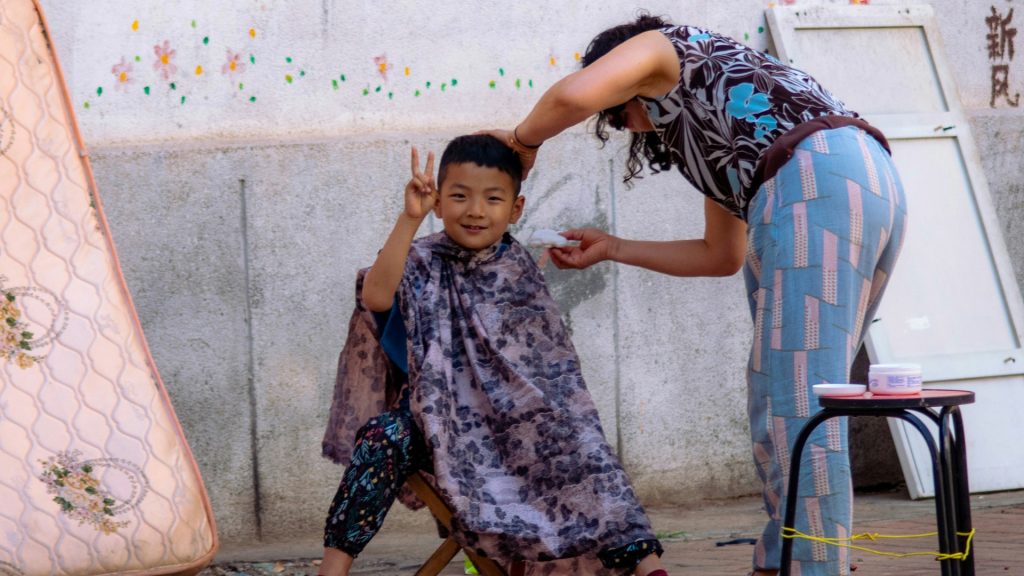
As China continues to grapple with these lingering effects today, other countries may look to its experience as an example of how even well-intentioned policies can give rise to difficult societal challenges. China’s path demonstrates the importance of thoroughly evaluating potential impacts before enacting transformative national programs.

